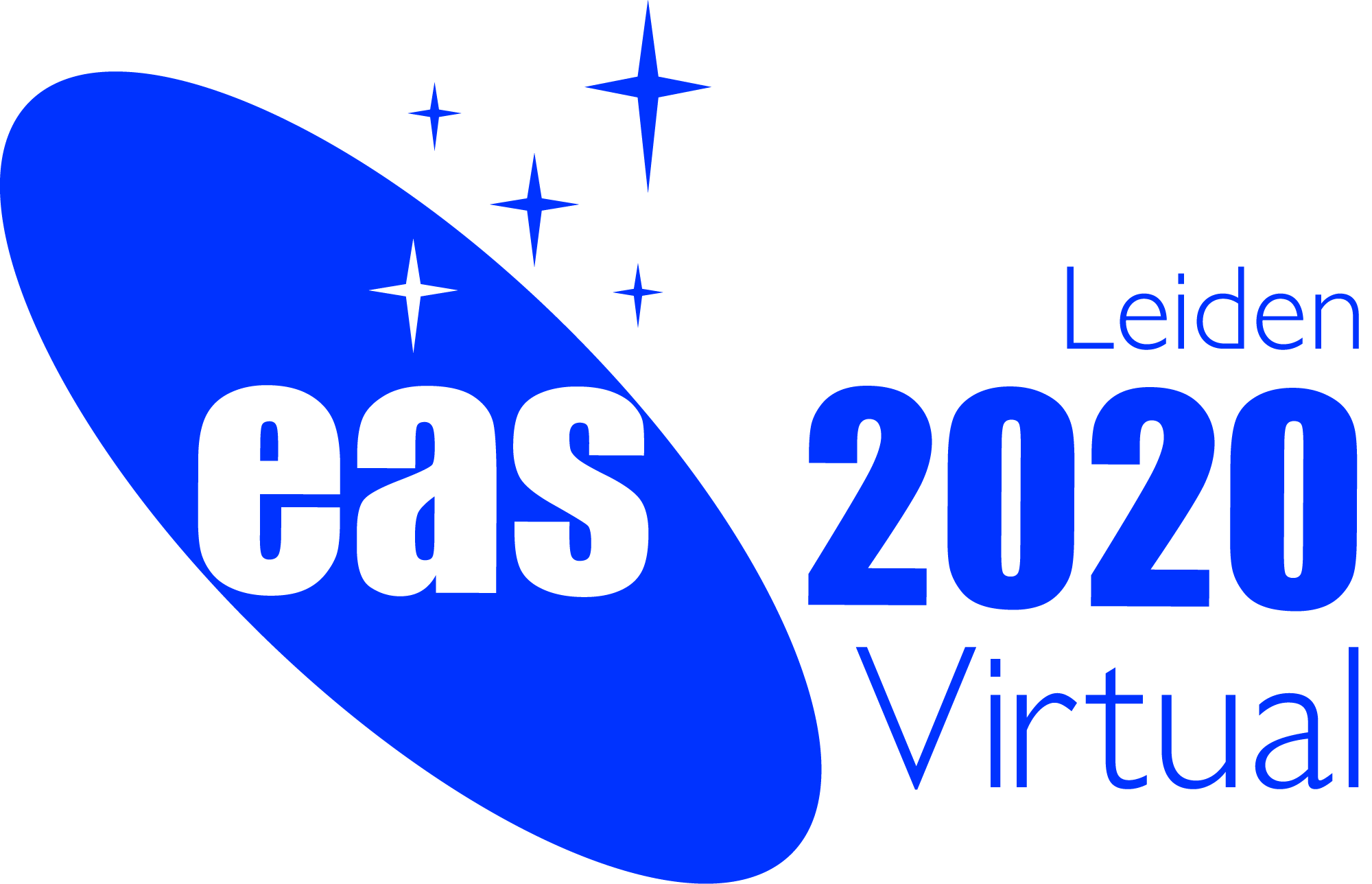
|
Please select a session from the drop-down list below to get detailed information. |
||||||||||||||
|
European Astronomical Society |
|||||||||||||||

|
Please select a session from the drop-down list below to get detailed information. |
||||||||||||||
|
European Astronomical Society |
|||||||||||||||